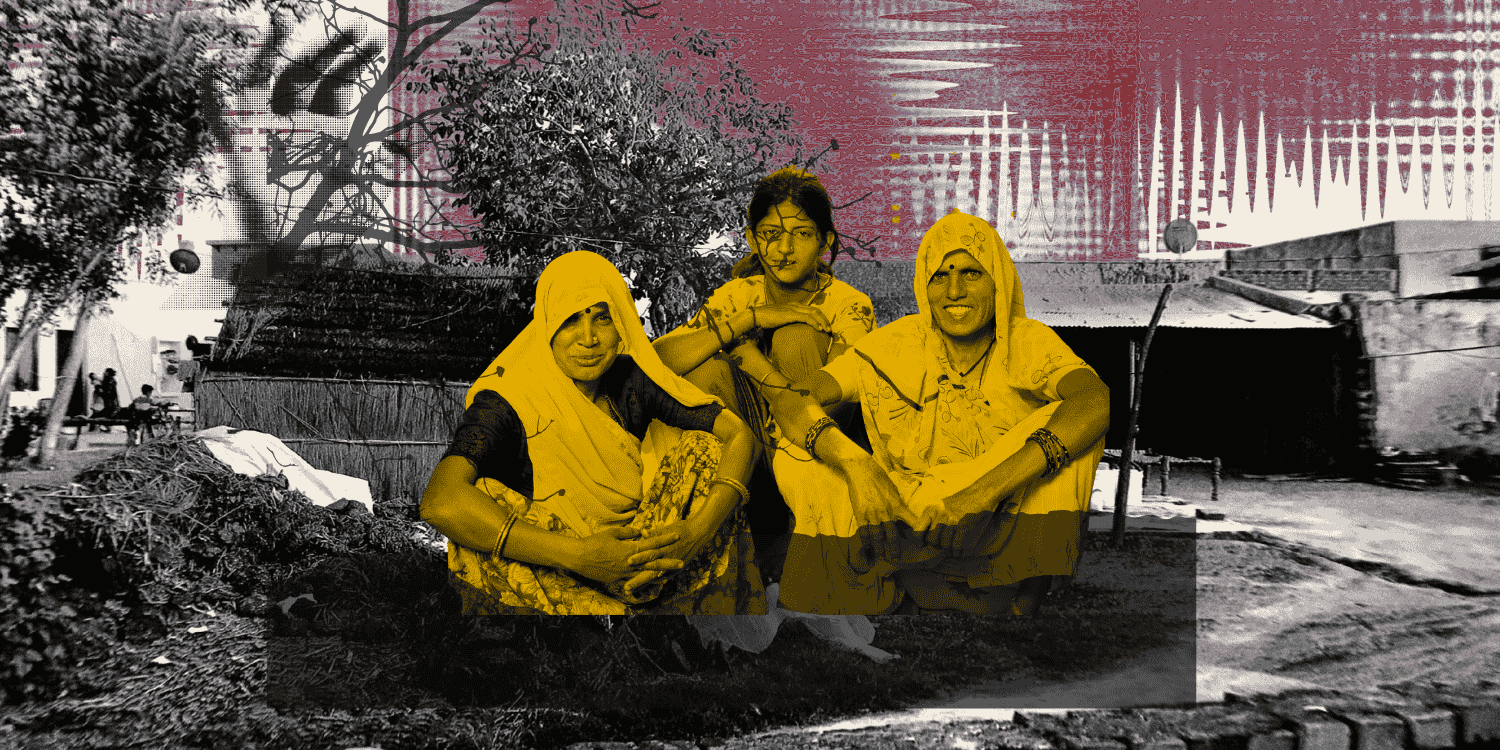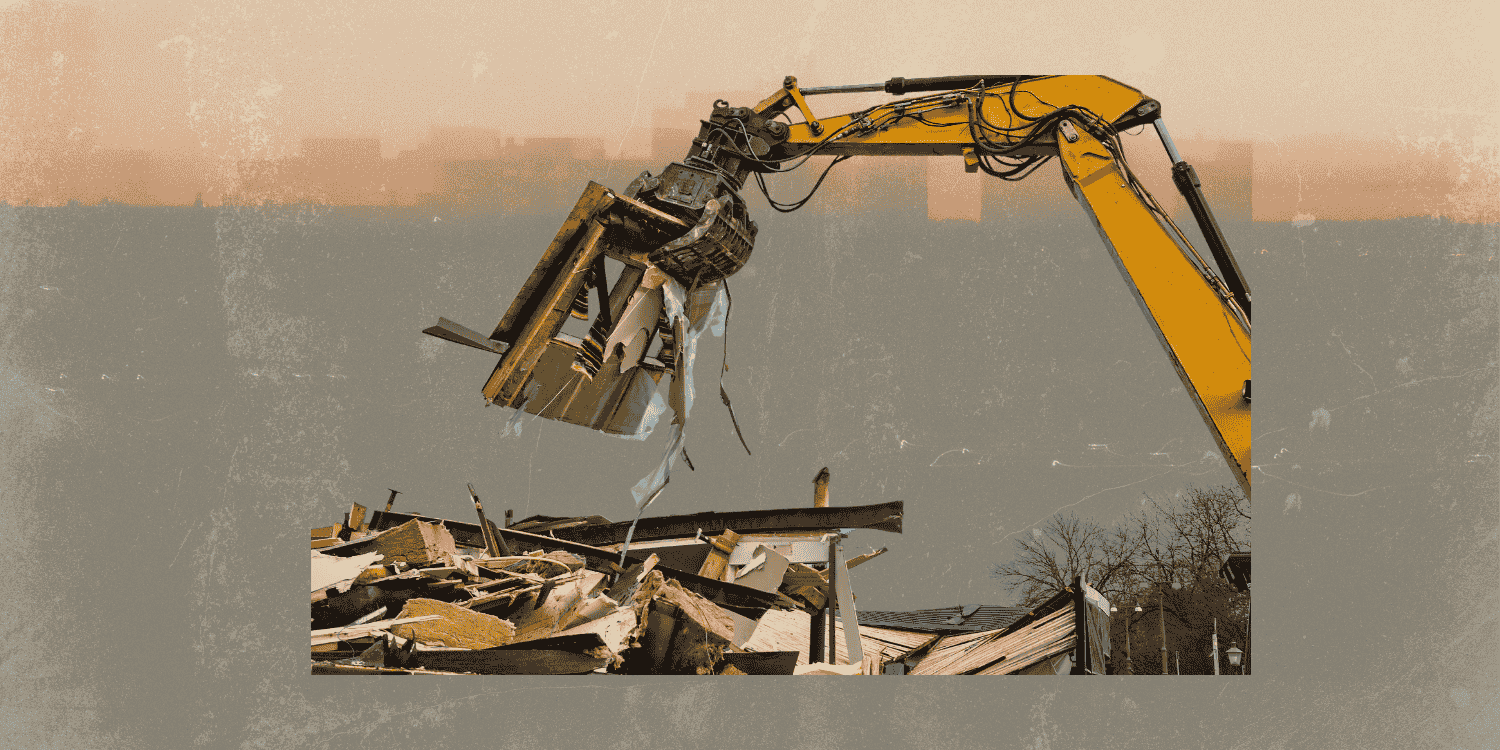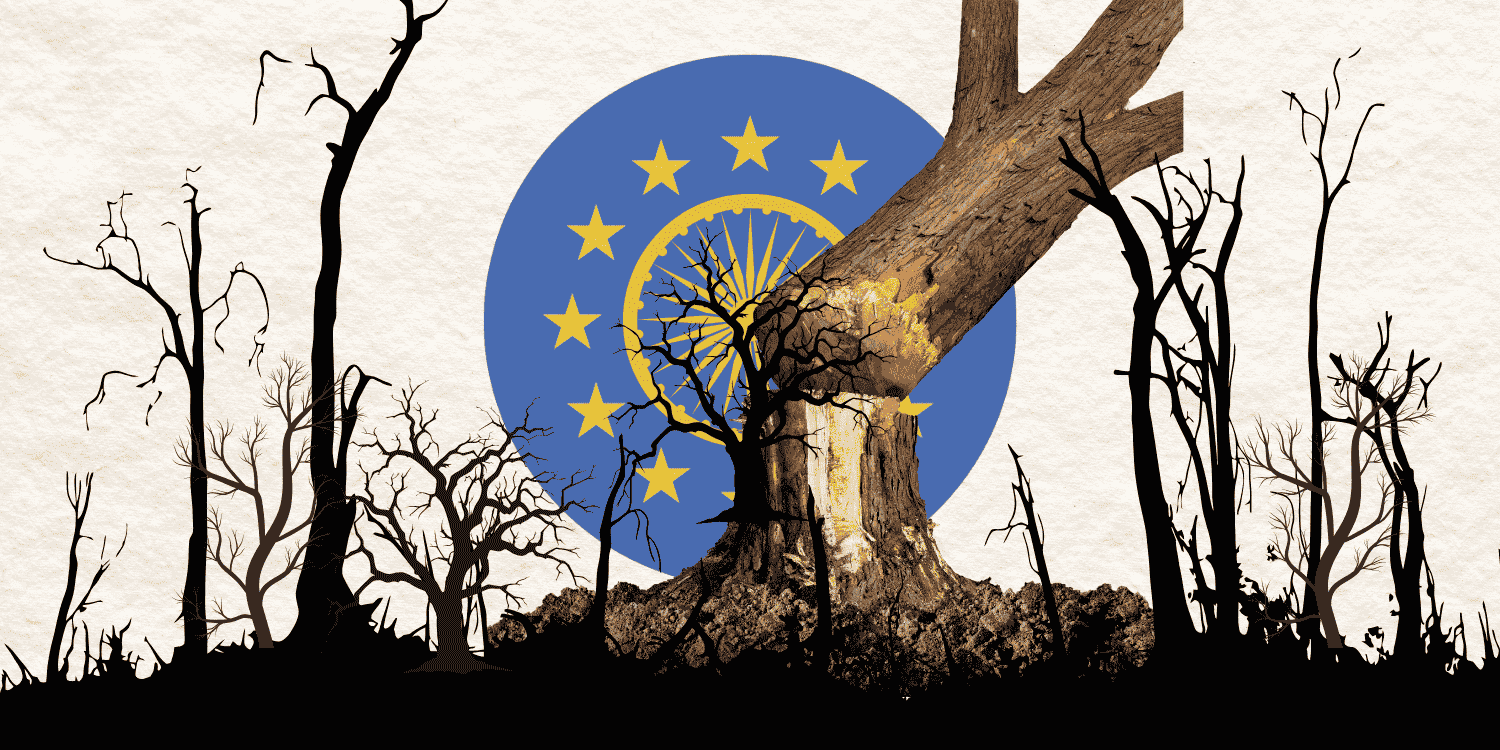The recent Supreme Court ruling on electoral bonds has brought attention to the nature of political finance and its implication for democratic attitudes in the country. Notably, the first election held after the Electoral Bond Scheme of 2018, the 2019 Indian General Election, stands out as the largest and the most expensive Indian election to date, adjusted for inflation. The scale of wealth and expenditure during the 2019 general election concerned the Election Commission of India (ECI), raising questions about elite capture of the electoral process, where the votes follow the money.
Once again in 2023, the ECI raised the same concern as the 2024 General Elections are expected to not only surpass the 2019 figures but also be on par with the United States presidential and congressional races’ spending in 2020—and will be the most expensive election in the world. The 2024 General Elections are expected to cost an estimated 1 lakh crore rupees and above, or roughly $14.4 billion, becoming one of the largest electoral exercises in history, both in terms of voting population and wealth. As the 18th Lok Sabha is set to be created, this paper discusses the increasing proliferation of wealth associated with the electoral process, contextualised against the growing incidence of elite representation, with the 17th Lok Sabha having the highest share of crorepatis since Independence. The discussion rests against the backdrop of the use—and discarding—of electoral bonds, the phenomenon of cash for votes in Indian elections and the excesses of political wealth in India.
The Different Expenses During General Elections
The 2019 elections cost an estimated 60,000 crore rupees, almost double of that in 2014—with 8,054 candidates from 673 parties in 543 constituencies and 10.37 lakh polling booths. Indian elections are no doubt an administratively difficult task, with a large number of candidates, parties and constituencies which require strict monitoring and physical infrastructure in order to achieve a smooth election. However, the total expenditure during elections are distributed among various heads, with political parties and candidates taking the lead in the share of election expenditure (see Figure 1).

The costs borne by the ECI and logistics, involve the cost of procuring and testing the Electronic Voting Machines (EVMs), poll security and personnel, election monitoring, enforcement and a range of allied administrative costs. All of this is borne by the Central Government, and the 2024 budget for direct election-related expenses for the ECI stands at 5000 crore, revised upwards by about 3000 crore since the annual budget of 2023-2024. The budget for ECI administration is another 74 crores.
According to the Poll Expenditure, the 2019 Elections Report by the Centre for Media Studies (CMS), the administrative and logistical costs borne by formal sources, the ECI and the Ministry of Law and Justice was less than the share that was given to voters directly, in the form of doles, gifts, promises and simply cash. The campaign and publicity cost was the highest at 35%. Keeping aside the administrative costs, which are unavoidable and not subject to debate, the trends in the remaining costs show the uptick of wealth and elite candidate capture that may be taking place in Indian elections. Campaigning by political parties, direct handouts to voters and candidate expenses, have all been on the rise significantly, while the share of the ECI among all expenses has remained at a steady 13-15% since 1998.
Of the total costs incurred during the 2019 General Elections, the highest share of expenditure came from candidates themselves, followed by political parties (see Figure 2), as reported by the CMS Report of 2019. Candidate funds are arranged by their respective parties, themselves, or a mix of both, along with external donors from certain sectors and industries.

Parties also spend on different aspects of campaigning such as running advertisements, rallies, hoardings, etc, along with other logistical costs of travel and accommodation for their candidates. Figure 3 shows the breakdown of expense overheads by political parties during election campaigning. Media advertisements (television, websites, prints, text messages, etc.) are overwhelmingly the largest expense, at almost 80% of the total expenditure.

The Bharatiya Janata Party (BJP) incurred the maximum expenditure—651.64 crore rupees under Publicity, which forms 43.58% of the total expenditure incurred by all political parties on Publicity. The Indian National Congress (INC) spent the second highest on publicity, 476.83 crore rupees or 31.89% of total.
Wealthy Candidates and Spending Over The Limit: The Exchange of Cash, Liquor, Gold and Drugs for Votes
In 2019, candidates emerged as the group that spent the highest amount, 40% of the total expenses incurred. Campaigning by individual candidates in their constituencies is a difficult and expensive task, for which the ECI acknowledges and lays down certain limits and guidelines. The ECI recently revised the maximum expenditure limit for Lok Sabha candidates to 90 Lakh Rupees, from 70 Lakh Rupees in 2019. The candidate’s expenditure is calculated from the date of nomination. Party cadres are not allowed to carry more than 50,000 rupees in cash, and 1 lakh rupees worth of materials in their vehicles during campaigning, and star campaigners are not allowed to carry more than 1 lakh rupees in their vehicles. These rules are in place to address the culture of giving out cash and gifts to the public in exchange for the promised vote.
The reality was in stark contrast, however. The 2019 elections saw a massive increase in candidate expenditure and the giving of cash and gifts directly to the public. The CMS report showed that candidates alone spent 24,000 crore during the 2019 General Elections. This figure is significantly higher than what is expected—if all Lok Sabha candidates spent the maximum limit of 70 Lakh, then the figure would be 5638 crores (Figure 3). This points towards a significant incidence of unaccounted expenditure, but more concerningly, illegal expenses that violate the Model Code of Conduct (MCC) as prescribed by the ECI.

Notably, the CMS report has stated that there has been an increase in the self-funding of candidates in recent years. This implies that more and more wealthy candidates who do not require party or central funding have been entering politics, with enough resources to fund their own campaigns.
One of the major sources of significant candidate expense also remains one of the most pressing concerns during all elections in the country, which is the phenomenon of exchanging gifts or money to secure votes, popularly called “doles”. Seizure data by the ECI shows a significant increase in the value of seizures between 2014 and 2019 General Elections. In 2019, the total value of seizures made by the ECI was 3476 crores, the breakdown of which is given in Figure 5. The same was 1200 crores in 2014, showing an almost three-fold increase between the two elections.

Seizures are notorious and synonymous with Indian elections, as small amounts of money or gifts mean a lot in constituencies with poor and underserved citizens. Alarmingly, the proliferation of drugs, alcohol and narcotics point towards an easy, yet extremely harmful, way to secure votes and sway the public. Another head of dole expense is through precious metals, such as gold and silver, the greatest of which has been seen in Gujarat and Tamil Nadu. Regarding these means of securing votes, “It is becoming a menace and assuming alarming proportions — it is a national malady,’’ said V.S. Sampath, former chief election commissioner. “It also shows how people are placing more faith on money than policies and programs.” During the 2019 Lok Sabha elections, the then President Ram Nath Kovind had called off polling in Tamil Nadu’s Vellore seat on the recommendation of the ECI, which had seized Rs 11.5 crore in unaccounted cash meant to lure voters.
Figure 6 compares the value of seizures made during the 2014 and 2019 General Elections in the top 12 states in Parliament by seat size, excluding Bihar and Tamil Nadu, which are being outliers. These states account for roughly 80% of the total representation in the Lok Sabha. Across the board, there has been an overwhelming increase in the amount of seizures made by the ECI, with one of the greatest differences in seizure values between 2014 and 2019 being in Gujarat.

Figure 6 shows the value of all seizures made during the 2014 and 2019 General Elections for the top 12 states by seats in Parliament. However, the ECI did not show figures for precious metals in 2014, and this estimate is only available for 2019. The 2014 figures only account for cash handouts, value of liquor and related substances, and value of narcotics and related substances. Figure 6 thus also shows the comparison in the absence of precious metal figures, and the overall trend remains similar. This may explain why Gujarat shows a small number in 2014, but shoots up in 2019, as most of the seizures made in Gujarat were the result of precious metal handouts. Among all states, the greatest seizure amount for gold was in Tamil Nadu (710 crores). In all circumstances, there is a sharp increase in seizures made in all states.
Figure 7 compares the trend of seizures made, against the total seats that a state has in Parliament. One would expect that more the number of constituencies, greater the chances of using doles to woo voters during general elections. This trend is loosely reflected in Figure 7, wherein states with more seats in Parliament generally have higher seizures being made. Tamil Nadu, Andhra Pradesh and Gujarat are exceptions, with the share of total seizures being significantly higher than the share of seats in Parliament. In both states, the majority of the seizure value has been through the distribution of precious metals to voters (worth 710 crores in Tamil Nadu, and 549 crores in Gujarat). Andhra Pradesh held simultaneous elections to the Assembly as well, which may have resulted in greater seizures than the states share in Parliament. Bihar has been omitted due to missing monetary value of non-cash seizures.

In 2023, the ECI expressed concern over the rising seizures and cost of elections in the Supreme Court. The phenomenon of illegal cash and gifts for votes is a costly affair for the ECI and requires significant administrative and logistical monitoring and costs. Given the difficulty that arises with seizures during elections, the ECI has maintained that the official figures are probably much less than the total amount that finds its way to the voters.
Elite Capture of Elections: Electoral Bonds and Crorepati Politicians
The ecosystem of political finance, candidate wealth, gifts for votes and electoral campaigning, strongly suggest the potential for influence of wealth, or at the very least, ease of access for the wealthy, in Indian elections. Recently, the same has become concentrated through the polarising nature of the electoral bonds scheme, which the Supreme Court (SC) struck down as unconstitutional in February 2024. According to the scheme, parties were eligible to receive funding from any source through electoral bonds, the donors of which could not be made public, effectively making it an opaque process for the public. The SC upheld that information regarding which parties were funded by whom was crucial for democratic values. However, the judgement was made six years after the introduction of the scheme, the process of which itself was criticised as unfair, and in that time all major parties encashed a large number of electoral bonds.
The 2019 General Elections were the first to use the money from bonds, and the 2024 one, even after the judgement, will see parties using the money from already encashed bonds. During both elections, the lion’s share of bonds went to the BJP, with the party encashing bonds worth 1770 crores in 2019, and receiving almost 6060 crores between April 2019 and January 2024. Recent, and emerging news regarding the matter, has shed concern on the companies that donated via electoral bonds, with many being loss-making firms, even before taking the bond amounts into account. Some companies have donated above the 7.5% cap of revenue, bringing concerns of money laundering and funds diversion.
Any discussion on the current cost of elections cannot be had, without discussing electoral bonds—indeed, the bonds themselves are named as such, as instruments to be leveraged solely for financing elections by political parties. Yet, the opacity, coupled with the data on overspending and rampant seizures, raises severe questions regarding the power of money in the election process. The ECI itself, as far back as 2018, noted that such a scheme would not be beneficial for electoral transparency, and critics had pointed out that this would instead induce the elections to be influenced by untraceable cash. Yet, most parties benefited from the scheme, except the Communist Party of India (Marxist) [CPIM], the Communist Party of India, and other Left parties—all of whom refused on principle to accept funding through electoral bonds. Additionally, the CPIM led the case in the SC, arguing against the principle of opaque political funding. Historically, the Left parties have also often had the lowest incidence of ultra-rich candidates among major political parties.
The current scenario, thus, points to a situation in the Indian elections wherein there is both money to be used and money to be made. While cash and gifts for votes are untraceable, and are likely to come from candidate expenses, data on campaigning and publicity is more traceable back to parties. In recent years, the publicity budgets have increased, with many prominent advertising agencies aggressively trying to outbid each other to get the contract from the BJP. The BJP has also received the overwhelming majority of electoral bonds, followed by the AITC (All India Trinamool Congress) and INC.
The concern with the proliferation of wealth is concerning against the trend of elite and criminal representation in Parliament. It is not new for political candidacy in India to have criminal charges, and furthermore, it is easy for criminality to be leveraged through wealth. Figure 8 shows the share of parliamentarians with criminal charges and serious criminal charges, and Figure 9 shows the share of parliamentarians who are crorepatis.

There has been a consistent increase in the proportion of candidates with criminal and serious criminal charges, and this has happened in tandem with a consistent increase in the proportion of wealthy candidates. The 2019 general elections were the most expensive till date, and one of the most expensive in the world at the time. The 2019 Lok Saha was also the richest and the most criminal.
Figure 9 illustrates the very concern that has been raised by the ECI, the Communist Party of India (Marxist), the Supreme Court and civil society. The share of wealthy candidates has been increasing simultaneously, with more and more wealthy candidates being elected into the Lok Sabha. In 2014 and 2019, while the share of all crorepatis among all contesting candidates was almost 30%, the share of elected crorepatis was 82% and 88%. This signifies that wealthy contestants were overwhelmingly rewarded by the electoral process, even though the share of non-wealthy contestants was significantly high (almost 70%, in both years). The CMS report stated that there has been an increase in self-funding by candidates, and CMS, ECI and ADR data have shown that candidates have been significantly overspending during elections. Coupled with Lok Sabha representation, there thus emerges a situation of elite capture, where the institutions of the State, such as the ECI, are unable to curb or minimise the role of abundant wealth in Indian elections.
Rampant use of cash, wealth and muscle dampen electoral integrity, with the process becoming one of fear or convenient quid pro quo. If wealthy individuals are able to easily exert their influence through handouts and bought visibility or airtime, it creates a reinforcing mechanism that exploits inequality and public promises in the favour of votes. As a result, the voting population, intentionally or otherwise, responds most strongly to the preferences of the rich. While, prima facie, wealthy representation in and of itself is not bad or good, the potential for unchecked wealth to corrupt the electoral process remains significantly high. The ECI routinely reiterates this, and has made note of the same in the context of electoral bonds as well. In a highly unequal country, votes are easily swayed by petty promises or handouts of cash and gold, neither of which denote the correct public preference or mood that an election is supposed to assess.
The ECI continues to fight in the trenches when it comes to making seizures and upholding the model code of conduct. But with the proliferation of digital media, the assessment of both has become difficult and expensive, a challenge that the ECI is currently facing. However, the approach to political finance and elite influence in elections remains punitive and retroactive in nature, where only what is noticed is accounted for. There remains a need to engage directly with the electorate and instil a sense of demanding electoral accountability from candidates, where promises of petty wealth and gifts by politicians will have the opposite effect. The ECI must take steps to create a better-informed public who, at the level of general public opinion, will be able to identify trends of elite capture and influence.
While the recent SC ruling striking down electoral bonds has been a welcome one, one can argue that significant damage has been done, and the 2024 elections are on their way to becoming the most expensive one in the world, directly financed by the corporate class and the ultra-rich. In such a case, the Indian voter stands to respond in ways that favour, or at the very least, give easy access, to the rich.






